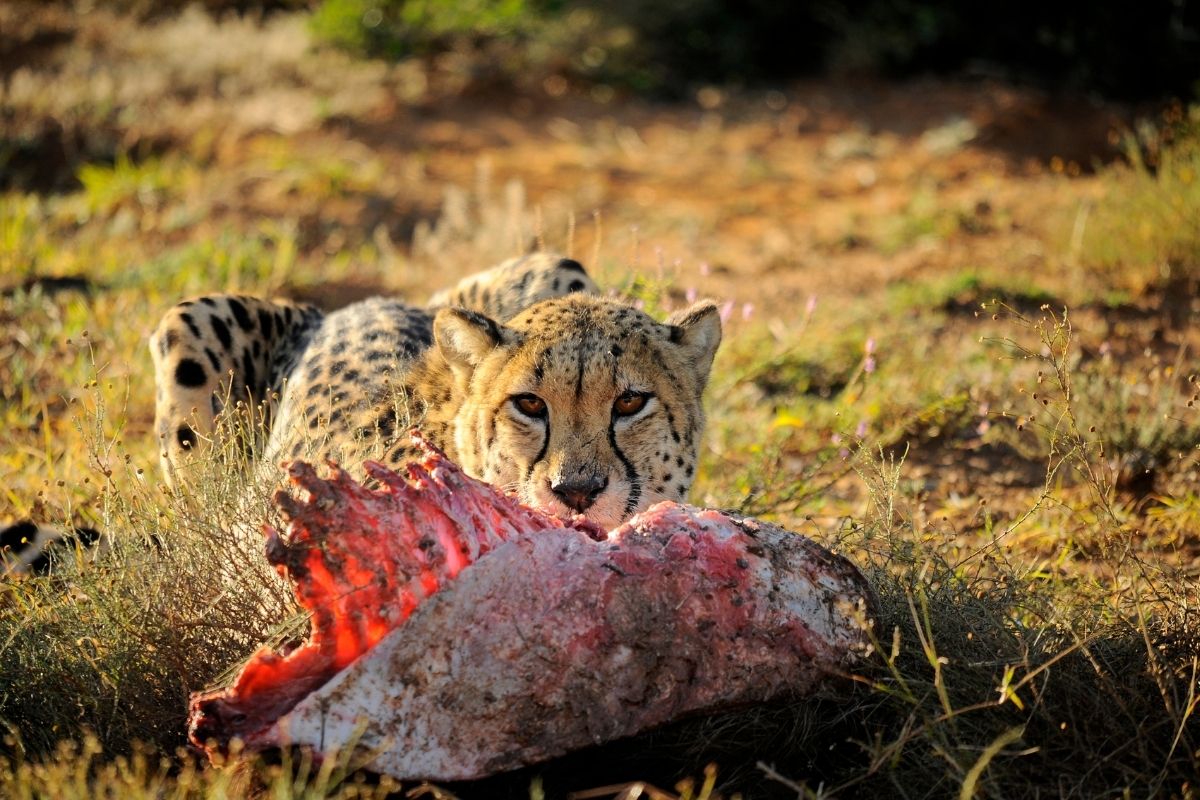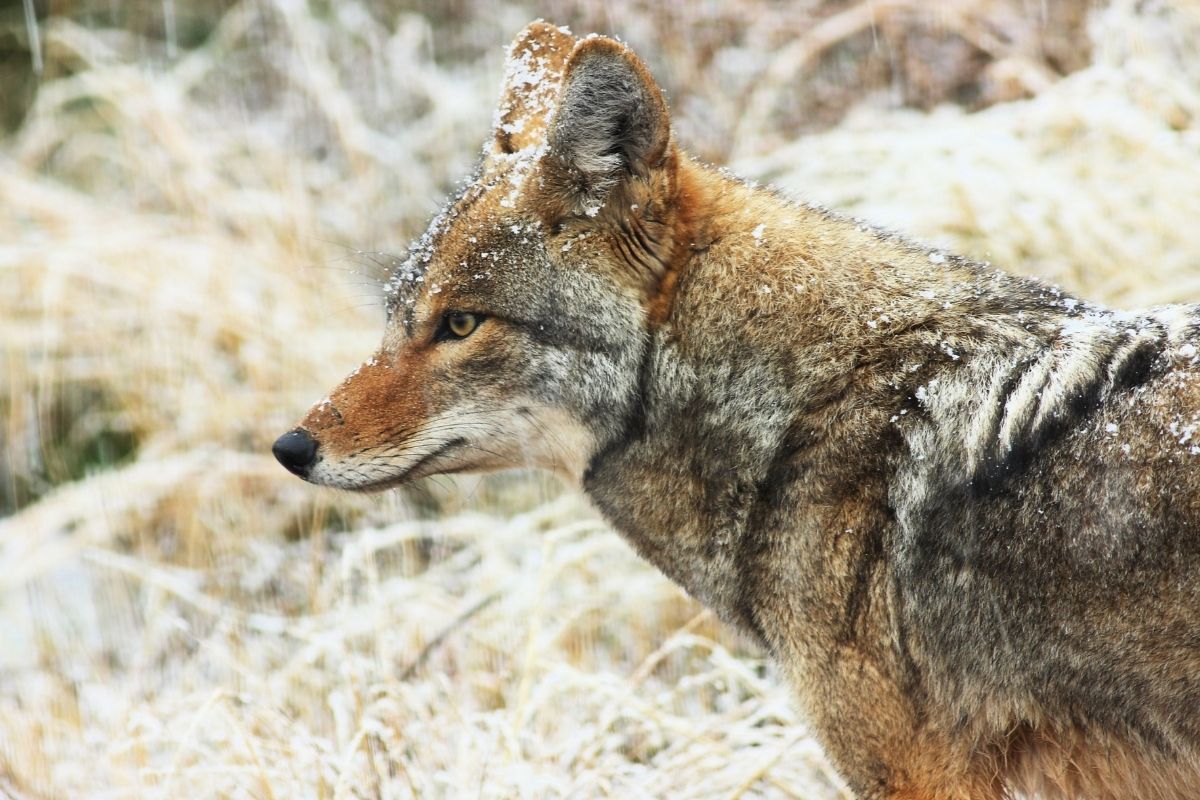Animals – Con vật là những sinh vật nhân chuẩn đa bào hình thành nên giới sinh vật Animalia. Với một vài trường hợp ngoại lệ, động vật tiêu thụ vật chất hữu cơ, hít thở oxy, có thể di chuyển, sinh sản hữu tính và phát triển từ một hình cầu rỗng của tế bào, phôi thai, trong quá trình phát triển phôi.
Hơn 1,5 triệu loài động vật sống đã được mô tả – trong đó khoảng 1 triệu loài là côn trùng – nhưng người ta ước tính có tổng cộng hơn 7 triệu loài. Các loài động vật có kích thước dài từ 8,5 phần triệu mét đến 33,6 mét (110 ft) và có những tương tác phức tạp với nhau và môi trường của chúng, tạo thành mạng lưới thức ăn phức tạp.
Con người sử dụng nhiều loài động vật khác, chẳng hạn như làm thực phẩm (bao gồm thịt, sữa và trứng), làm vật liệu (chẳng hạn như da và len), làm vật nuôi và động vật làm việc kể cả để vận chuyển. Chó đã được sử dụng để săn bắn, cũng như các loài chim săn mồi, trong khi nhiều động vật trên cạn và dưới nước bị săn bắt để chơi thể thao. Động vật không phải con người đã xuất hiện trong nghệ thuật từ những thời kỳ đầu tiên và được đưa vào thần thoại và tôn giáo.
Hãy cùng trẻ tìm hiểu một số từ vựng tiếng Anh theo chủ đề Animals – Con vật nhé!
Từ vựng chủ đề Animals – Con vật
diurnal (adj): thuộc ban ngày
Animals that are active throughout the day
→ They are diurnal and arboreal animals, found in tropical forests from low-lying swamp to mountain slopes.

—
diversity (n): sự đa dạng
The condition of having a great deal of variety
→ There is a diversity of views and understanding of the many issues that were addressed.

—
extinction (n): sự tuyệt chủng
The act of a species disappearing completely
→ The extinction maximum must be between 325 nm and 327 nm.

—
habitat (n): môi trường sống
A specific dwelling place where an animal lives
→ Washington is also looking at the flood control and fish habitat benefits that could be gained from such a dam.

—
herbivore (n): động vật ăn cỏ
Animals that gain nourishment through plants
→ The young of herbivores may be preyed upon by lizards and snakes while the adults are preyed on by mammals.

—
invertebrate (n): động vật không xương sống
Animals that are without a back bone or spinal column
→ The chick’s diet varies slightly, with more fish than invertebrates, particularly rockfish (family Sebastidae).

—
nocturnal (adj): thuộc về đêm
Animals that move around and are awake at night
→ Skunks are nocturnal animals.

—
predator (n): thú săn mồi
Animals that live by preying on other animals
→ When our ancestors moved out of the African forest onto the savannah more than a million years ago, they rapidly became effective predators.

—
prey (n): con mồi
Animals that are eaten by other animals
→ Among these are birds of prey, gallinaceous birds as well as predominantly insectivorous, fruiteating and granivorous songbirds.

—
vertebrate (n): động vật có xương sống
Having a spinal column or backbone
→ Joint submission and the sharing of information on substances should be provided for in order to increase the efficiency of the registration system, to reduce costs and to reduce testing on vertebrate animals.

—
carnivore (n): thú ăn thịt
A mammal that gains nourishment through eating flesh of other animals
→ The major drawback to these methods is that the large amount of blood spilled could be smelled by other nearby carnivores, such as other machairodonts or dire wolves.

—
conservation (n): sự bảo tồn
The act of preserving something
→ The European Parliament has already shown on many occasions that animal conservation and compliance with the animal conservation laws we have in the European Union are very important to us.

